Botanical oil-based pesticides are effective tools for any integrated pest management program. Many specialty crop growers are still learning how to unlock the advantages of such biological pest control. In this blog, we will share the benefits of including botanical-based pesticides in an integrated pest management program and tips on application timing/rates, as well as the combination of botanicals and conventional insecticides.
Benefits of Botanicals in an Integrated Pest Management Program
Specialty crop growers who are committed to reducing insecticide resistance create an IPM program. Botanicals are a great sustainable crop protection solution, as they often have multiple modes of action, which are less likely to contribute to pesticide resistance.
Growers using conventional chemistries should absolutely consider adding botanicals into their IPM program. Rotation does not mean simply switching products; growers need to switch chemical classifications in order to receive a true rotation with limited pest resistance.
But multiple modes of action aren’t the only advantage to botanical oil-based pesticides. Botanicals also have lower Re-entry Intervals (REI) and Pre-harvest Intervals (PHI). This allows the grower to apply the botanical pesticide closer to harvest time and still have a safe product for workers and consumers. Some conventional products have an REI of a few days or more. This prevents growers from re-entering the field right away. Low REI levels in botanical products provide more flexibility to the grower.
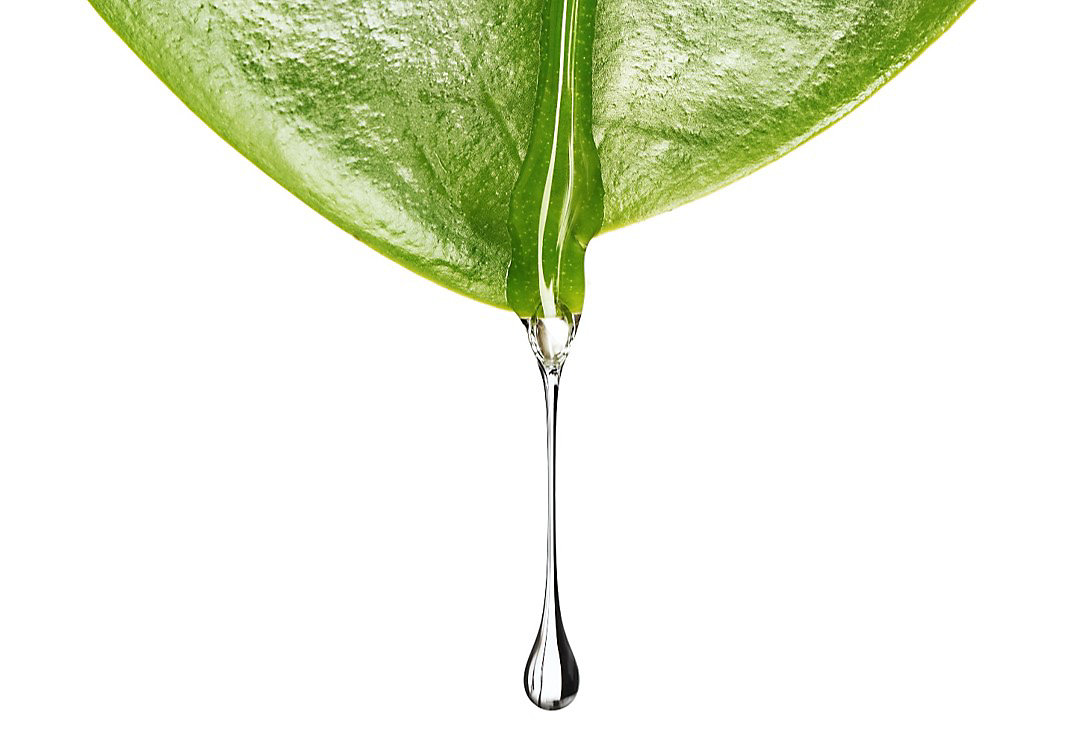
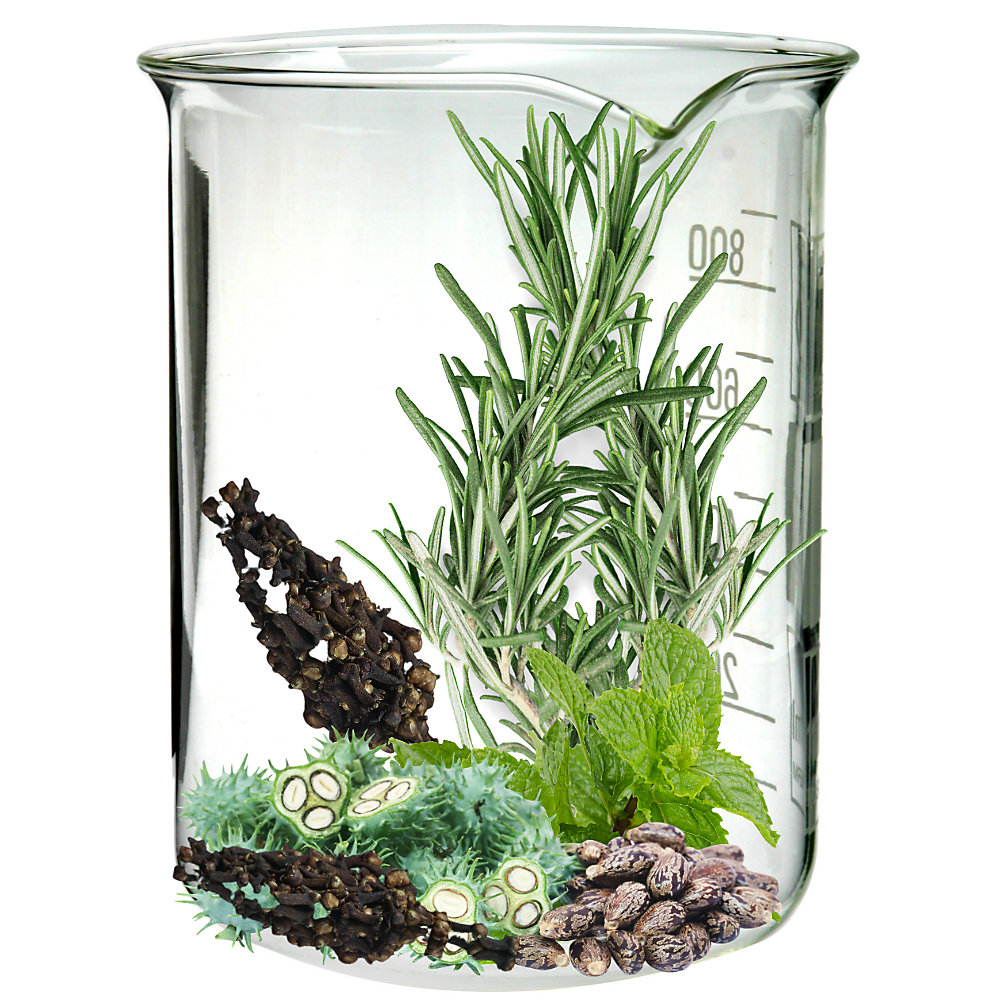
Things to Keep in Mind While Reading a Botanical Pesticide Label
When examining a pesticide label, the amount of information can be overwhelming. One crucial section is the recommended rate, which indicates the dosage at which the product was effective in trials. Some products have a recommended rate based on crop hardiness or concerns about phytotoxicity. For botanical oil-based pesticides, the recommended rate may be limited to avoid phytotoxicity in crops.
Recommended rates often list a higher, moderate, and lower rate of use. The lowest rate is to be used when there is a known phytotoxicity issue in a specific crop or the botanical insecticide is being used as a preventative. The lower rate, most times, can be sprayed repeatedly on crops without risks of phytotoxicity and keeping pest populations at bay. The highest rate is often for rescue use, or rather when the pest population has grown to a point where a more aggressive spray is needed.
Knowing what rate to use on crops is up to the grower. If there are known phytotoxicity issues in the crop species, then a lower rate would be wise. If you are looking to prevent pests throughout the season, you would want to spray at a lower rate consistently.
Understanding the pest economic threshold is also very important for proper spray applications. Growers can consult a Pest Control Advisor (PCA) or can research economic thresholds of pests online. One good resource for growers is the University of California Statewide Integrated Pest Management Program.
Many botanical oil-based pesticides have a recommended period between sprays – referred to as application intervals in a label. This allows insects to emerge and the pesticide to attack different life stages of the pests.
TetraCURBTM MAX have very low risks of phytotoxicity, with high efficacy. Making them a great insecticide for growers who want to start using botanicals.
If you are looking to add a highly effective, easy-to-use product into your integrated pest management program, check out TetraCURB MAX!
Seven Tips for Application Timing, Rates, and Combination of Botanical Oil-Based Pesticides
Now that you’ve chosen a product and want to include it in your integrated pest management program, here are some tips for applying botanical pesticides to your crops:
- Know the seasonality of your crops and the pests you wish to target. Plan ahead when you want to apply and mitigate pest populations. This will help keep you below pest thresholds.
- Adopt a proactive approach instead of a reactive one. It is practical to have a solid integrated pest management program that prevents pest populations from growing to a rescue level.
- Always follow the label directions. The product has been tested and is effective at the rates, application and combination suggested on the label. Using these suggestions can maximize your control over pests.
- Get an even application coverage. This will ensure that the product works to the best of its ability and controls pests the way it was intended to.
- Include a botanical biological in your tank mix. The addition of modes of action will help prevent insect pesticide resistance and elevate your current IPM program, especially if you are also using conventional chemistries.
- Consult a professional resource when you’re unsure. There are great resources online that provide recommendations on pest control, as well as talented and knowledgeable industry professionals at companies like Kemin Crop Technologies experts who can offer advice.
- Attend conferences and tradeshows to boost your knowledge of biological pest control. There are great opportunities for growers to learn more about sustainable crop protection and talk with botanical companies about their products. See a list of tradeshows you might be interested in here!
Subscribe to Our Blog
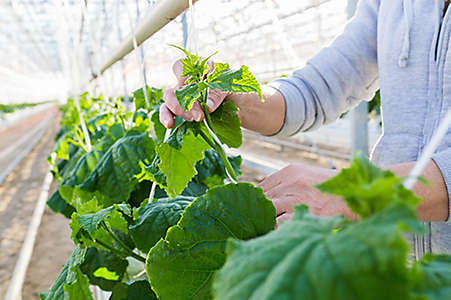
Nine Steps To Follow For Building A Strong IPM Program
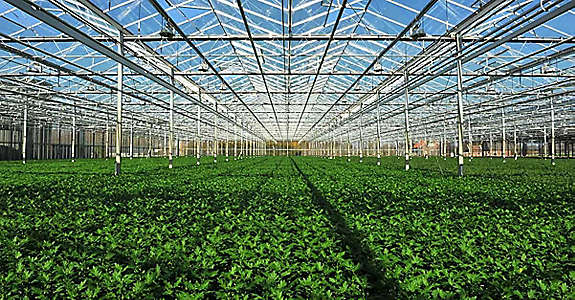
Five Tips for Successful Tank Mixing - Expert Tips
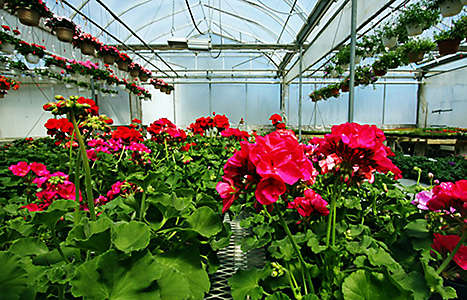
Eight Tips for Integrating a New Product Into Your Spray Program
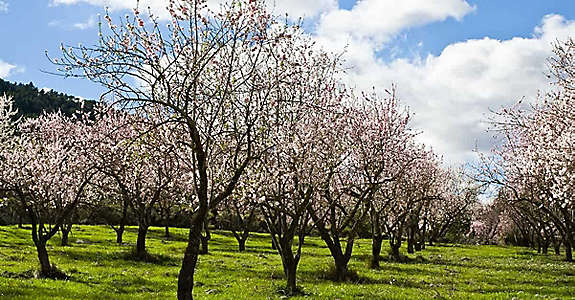
Five Steps to Run a Successful Commercial Horticulture Trial
Browse Latest Articles by Topic
- Savor The Holiday Season With Our Five Favorite Herbs
- Mitigate Crop Losses From Fungal and Bacterial Diseases
- The What & Why of Botanical Oil-Based Biopesticides
- Nine Steps To Follow For Building A Strong IPM Program
- Five Tips for Successful Tank Mixing - Expert Tips
- Eight Tips for Integrating a New Product Into Your Spray Program
- Five Steps to Run a Successful Commercial Horticulture Trial
- Six Tips For Building A Successful Pest Scouting Method
- Seven Tips To Incorporate A New Product Into Your Growing Program
- How to Preserve Plant Quality While Plants are on Hold
